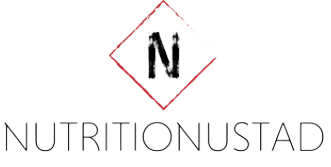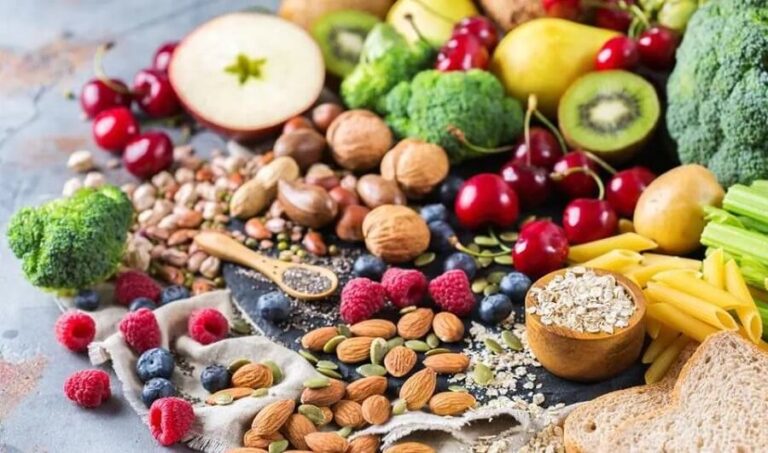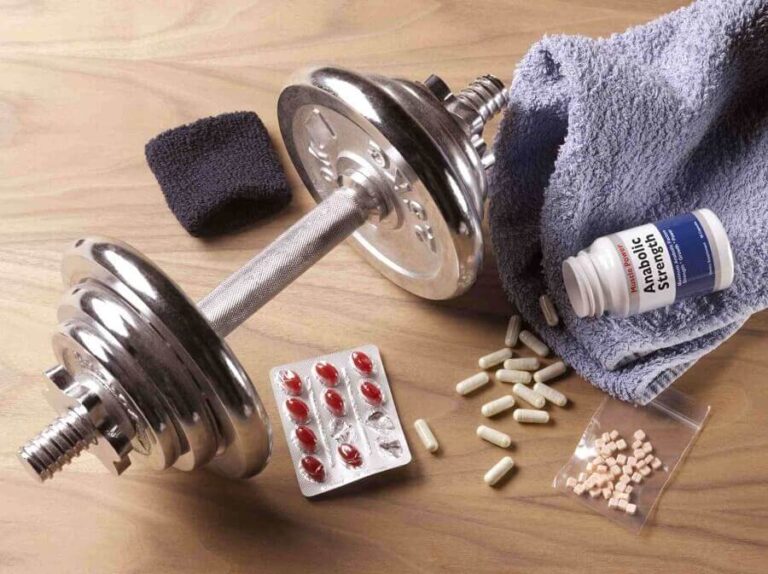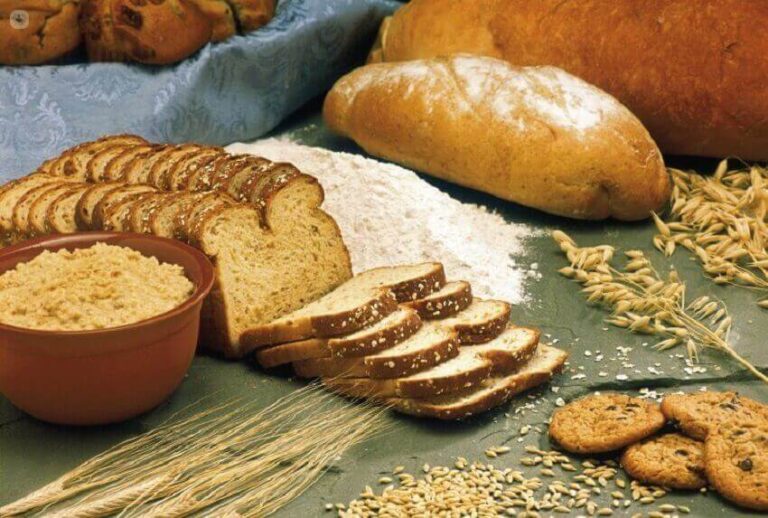Adolescents go through significant physical changes. To compensate for the changes of puberty, they need additional nutrients.
The easiest way to bring about typical adolescent changes is through diet.
A good diet plan for young people not only allows them to develop better but also to maintain an ideal state of health and weight.
In addition, a correct diet can help a teenager to be less impulsive. Studies have confirmed that nutrition – diet influences not only physical growth but also decision-making in adolescence. (2.3)
This article describes an ideal meal plan for teens ages 15-19, and it details which foods to include in the diet and which to avoid to develop correctly.
RELATED:
- Exercise routine for teens
- Why do teenagers sleep so much?
- How to remove oil from the skin? – for teenagers with acne
Teen Diet: What Do You Need To Eat To Achieve Ideal Weight?
A diet for adolescents must be varied and correctly balanced. To achieve an ideal weight, you must rely on natural foods of high nutritional value.
These foods allow adolescents to obtain the necessary energy to grow and develop and achieve a hormonal softening of the typical changes that occur at this stage of life.
A healthy teen diet should be made up of:
- Fruits and vegetables
Fruits and vegetables give teenagers energy, vitamins, antioxidants, fiber, and water. This group of foods should always be part of the diet of young people.
If you are a parent, encourage your teenager to choose fruits and vegetables, both at meals and snacks.
A teenager is more likely to eat more fruits and vegetables if you also eat more fruits and vegetables. So the best way for them to eat these types of foods is for you to eat them too.
- Cereals and pseudo-cereals
Cereals, pseudo-cereals, and their derivatives: oats, pasta, brown rice, corn, quinoa, polenta, quinoa, buckwheat, are foods that provide a teenager with the necessary energy to grow, learn and develop.
If possible, choose low glycemic index foods in your diet; these are most whole grains. These foods provide your calories more slowly, resulting in longer-lasting energy and fewer hunger pangs.
- Proteins
High-protein products: fish, chicken, eggs, beans, lentils, chickpeas, tofu, low-fat dairy, and nuts; are essential foods in adolescence. The reason: they serve to achieve total muscle growth at puberty.
Dairy foods are rich in calcium. The FAO recommends that in adolescence, approximately 10% more calcium is consumed in the diet than in any other stage of life. (1) This is why this food group is essential.
Suppose a teenager cannot eat dairy (for example, why is he lactose intolerant ). You must include other non-dairy foods with calcium in your diet. Examples are broccoli, walnuts, almonds, sardines with bones, etc.
- Healthy fats
Healthy fats are essential for proper hormonal balance. Adolescence is when there are significant rises and falls in hormonal levels.
Including foods such as nuts, coconut oil, and olive oil, the body needs to stabilize the body’s hormones.
In addition, adolescents are recommended to include Omega-3 fatty acids in their diet. Healthy fats are present in blue sea fish, tuna, and sardine mackerel. These foods are essential for the development of a teenager’s brain. Most Omega-3 foods are also sources of iodine, zinc, and vitamin B12.
Sample Meal Plan for Young Teens
In a diet for adolescents, one of the most important parameters to set is the ratio of carbohydrates, proteins and fats. The WHO and FAO recommend a balance in terms of calories of 60:15:25.
We have developed a suitable eating plan for adolescents to make it easier for you. Below you can see an example of a diet for adolescents:
| DIET for teens daily menu | |
| Intake | Plato |
| Breakfast | Coconut oil 10 g Banana 1 unit Whole grains without sugar 60 g Low-fat yogurt 200 mL |
| Midmorning | Peach 1 unit |
| Lunch | Whole wheat pasta 120 g Chicken breast 100 g Tomato sauce Virgin olive oil 20 mL Broccoli 100 gDessert: Grapes and pears |
| Afternoon snack | Oatmeal cookies 5 units Chocolate drink without sugar 200 cc |
| Collation | Fruit 1 unit |
| price | Quinoa burgers Fresh cheese 60 g Arugula Black sesame seeds Cherry tomatoesDessert: Two pieces of dark chocolate |
Examples of healthy foods for teens
In general, between the ages of 15 and 19, there is usually an increase in appetite; this is the body telling you that it needs more energy. The only way to provide it is through diet.
The high level of physical activity and the growth stage are two factors that show the need to increase the amount of food you need. This means that calories in a teenager’s diet can vary.
While it is difficult to list which foods are healthy and which are not, as a general rule, most nutritious foods are natural, that is, those that do not have complex industrial processing.
Including these foods will allow a teenager to develop fully. Here are examples of healthy foods for teens:
- Vegetables
- Fruits
- Cereals (oats, millet, durum wheat pasta, corn)
- Pseudocereals (quinoa, amaranth, buckwheat)
- Eggs
- Fish
- Lean meats
- decremented dairy
- Nuts
- Vegetable oils
What foods should a teenager avoid on a diet?
Teenagers should mainly avoid fried foods and junk food from their diet. These are fries, hamburgers, and pre-frozen pizzas. Also, all foods high in simple carbohydrates: cakes, sugar chocolates, sweets, cookies, Coca-Cola, sugary cereals, etc.
These foods are high in salt, saturated fat and sugar, sodium glutamate, and low in essential nutrients. Too many of these foods can increase the risk of overweight and obesity in adolescents. (3)
Food and drinks with caffeine are not recommended on a diet for children and adolescents.
A teenager should avoid fast food, sugary soft drinks, processed meats, sugar, bakery products, sweets, etc. Including fruits and foods that provide vitamins and complex carbohydrates is essential in the diet for a teenager.
Are sports supplements suitable for a teen diet?
The consumption of sports supplements such as whey protein or bcaa amino acids is allowed from 17-18 years. However, it is essential to know that with a balanced diet rich in natural proteins, these are not necessary.
Exercises for adolescents are essential to achieve full muscle development. If your child is an athlete, include an adequate amount of protein in the diet. An approximate 70 g per day is recommended for males between 15-and 19 years of age. (3) The equivalent of 300 grams of tofu or chicken meat, or lean fish in the total diet.
ABSTRACT
A diet for adolescents should be varied and based on natural foods.
Foods rich in calcium, protein, and healthy fats should be included to achieve full development.
A basic rule of thumb in an eating plan for 15-19-year-olds includes at least one food group per meal. Fruits, vegetables, and whole grains should be the primary source of nutrients.







